Content
Dawn lychnis flower: planting features and care rules on the site
There are more than 30 varieties and varieties of lychnis, and breeders constantly offer some kind of novelty. This both simplifies and complicates the choice. On the one hand, any type of plant is zoned for our conditions, and you will surely pick up a shade that will be ideal for your flower garden. But, on the other hand, how difficult it is to choose one thing in such a rich variety! Moreover, all dawns are not picky about growing conditions and are very easy to plant. Caring for them comes down to controlling soil moisture and to rare fertilizing.
Brief description and types of lychnis
Likhnis (adonis, dawn) is a perennial belonging to a large family of cloves and resembles a small bush with beautiful flowers in shape. Among the popular names, the funniest thing is soap. Some types of this flower were used for washing clothes. For example, the rhizome and stem of the dawn white, they were considered an excellent detergent.
Table. Detailed description of lyhnis
| Part | Characteristic |
| Root system | Powerful, branched. Able to provide a plant with nutrition, regardless of its height |
| Stems | Erect. In different species they radically differ in height: from 20 cm to 1 m.Depending on the variety, they can be pubescent or rough, collected in a single group or single |
| Foliage | Oblong, lanceolate, growing along the entire length of the stem. Color - from light to dark green. Several varieties have burgundy leaves |
| Flowers | Blossom on the upper part of the stem. Can be single. Our gardeners have popular varieties with small flowers, collected in a corymbose or capitate inflorescence. Each of them has up to 50 buds. Flowers are bisexual, very unusual: they consist of two separate lobes, different in width and depth. The color depends on the variety and type: white, yellow, red, pink, lilac. The adonis bloom in June and decorate the garden for 1-2 months |
In autumn, it is time to collect seeds from seed pods, which are formed in place of flowers and have a pentagonal shape. Ripe seeds are small in size, colored brown.
Plant species popular with gardeners
There are 35 known varieties of zorek. Each has its own color and structure. Briefly, just for acquaintance, we will indicate the varieties and types of flowers that are in demand by Russian growers:
- crown - grows up to 900 mm. The stems are ash gray, the foliage is bright green. It blooms in late May, the color of the petals is from white to crimson. Varieties - Angela Blanche, The Mysterious Island;
- chalcedony - up to 1000 mm. Foliage - oval, covers upright, weakly branched stems. Flowers - small, no more than 10 mm, collected in large, flattened inflorescences. Petals are red or white;
- kukushkin - 200-900 mm. The color of the inflorescences is pink, the foliage is bright green. Planting in wet areas of the estate is possible. Flower size - 40 mm. Varieties - Nana, Rosea Plena;
- also popular with gardeners Lichnisa Viskaria, Alpine, Arkright.
Interesting fact
Kukushkin likhnis feels great both in the garden and in the wild. This plant is a frequent inhabitant of roadside or river banks.
You can familiarize yourself with the description of varieties and types of adonis in more detail in the store. Breeders are constantly bringing new varieties of flowers to the market.
Reproduction methods
Let's take a closer look at the 3 main methods of obtaining planting material.
Seeds
This technique is simple and popular among gardeners, but it has its limitations: it is not suitable for reproduction of terry adonis species. Seed material is usually harvested independently, from their flowers. For seeds of rare or new varieties and species, you will have to go to a garden store or to a specialized site, but buying does not guarantee the quality and zoning of the plant to your climatic conditions.
If we collect seed material on our own, you cannot skip its ripening period. Only when the capsules are ripe and the seeds in them turn dark brown, we start collecting them. Then we put the seed in linen bags and write the date of collection, type and color of flowers. We remove the bags in a dark and cool place. In such conditions, the material does not lose its germination for 4 years.
Seeds can be planted on seedlings or directly into open ground. The first option is preferable, since as a result we get flowering bushes already in the first year of their growth. For seedlings, we stratify the seeds: we put them in the refrigerator in the second half of January and refrigerate for 3-4 weeks. Then, in February, we carry out all the work in the same way with growing seedlings of any flowers. We move the sprouts to the flower garden only with a steady heat.
When sowing seeds in open ground in spring, stratification is also required. If we sow in the fall, the material will go through this procedure on its own, in winter soil.
By dividing the bush
A simple method known to every gardener. Every 5 years, you will need to remove old shrubs and plant flowers. In autumn or early spring, carefully dig out the pre-selected dawns from the ground, clean them from the soil, wash them with warm water with manganese and divide the rhizome of the bush so that each part has at least 3 good, strong buds. We carry out the work immediately before planting in open ground.
We process the cuts with manganese and dip them in wood ash. Manipulation will remove fungal spores and disinfect plant trauma. Even a beginner, with an attentive and accurate attitude to the plant and rhizome, will be able to make such an operation of harvesting planting material.
By cuttings
The technique is widely used for reproduction of terry lichen species. We harvest cuttings in the summer. We choose a bush with strong shoots and beautiful and large flowers for this variety. Cut off the stems and cut out sections up to 250 mm long. Each cutting must have at least 4 adult, intact buds. We cut one end with a pruner evenly, at a right angle - this will be the upper edge of the seedling, and the lower one - at an acute angle.
We breed any drug that increases the growth of the root system, and lower the seedling with its lower edge for 30-40 minutes. Dip the upper tip into a manganese solution and wood ash. We prepare a site for a school, add mineral and organic fertilizers to the soil and plant our blanks, leaving 2 buds at the top. Already in the fall we get good planting material with young leaves. Such sprouts are ready to move to the place assigned to them in the flower garden. If there is no foliage, we leave the stalk in the school for the winter, in the spring we will decide its fate.
We will analyze in more detail the process of planting a plant in open ground in a separate chapter below.
Preparatory work and planting in open ground
We carry out all work in several stages.
Choosing planting material
If there is self-assembled material, you should give preference to it. However, both your own and purchased seeds need to be checked: whether the expiration date is in order, whether there are any damages or traces of parasites. In the case of a store, it is better to inspect the seeds right away so that the seller, in the event of a marriage, has no doubts that the product has been changed.
In the nurseries, in addition to seeds, there are 1-2-year-old seedlings of adonis.If we decide to purchase, be sure to pay attention to the saturation of the color of the foliage, the state of the shoots and the root system. At the slightest suspicion of damage or poor development of the seedling, we go to another nursery.
Determining the landing site
Lichnis very easily tolerate any soil and place. But before landing, be sure to think about a few questions:
- The growth of bushes. Tall species look better in the center of a flower garden or under a wall. We recommend planting bushes up to 500 mm high along the contour or along the paths. Alpine view is suitable for decorating a slide of stones and flowers.
- Color and relationship with other colors. We recommend sketching a plan to better navigate the location of the flower beds and their color palette. Having decided where the dawns will look best, we mark a place for holes on the site.
- Plant comfort. Having finished the markup, it is necessary to objectively assess how successfully the bush will develop here. Despite its unpretentiousness, lychnis has its own preferences.
Ideal conditions for the dawn:
- for normal development and flowering, it is recommended to plant lychnis in sunny, well-lit places. Plants of the crown type take root normally in partial shade;
- planting in swampy lowlands or in places with close groundwater flow is not recommended. In such areas, a thick layer of drainage will be required.
Preparing the soil
Flowers tolerate almost any soil, but light and loose soil will be ideal for it. In such soil, the plant receives enough nutrition and moisture. Flowers on such bushes will appear earlier and will be larger. Although you can pour sod soil, sand into the clay soil and provide the plant with comfortable conditions.
Important
Drainage is a prerequisite, otherwise rot begins, and the flowers weaken and die.
We prepare the seat in advance. To do this, scatter humus, superphosphate and sand over the flower garden. We dig a place to the depth of the shovel bayonet and level the soil with a rake.
After all the preparatory work, we proceed to the main stage.
Landing in open ground
Lychnis is one of the easiest plants to plant, but it is important to perform all operations correctly:
- Digging holes. Their size should exceed the dimensions of the root system by 3-4 times. If we plant plants in a place with close ground water, you need to make a deep hole, at least 2 bayonets, and pour a layer of broken brick, or better expanded clay, from 100 mm thick. The distance between plants is not less than 250 mm.
- We remove the seedling from the seedling box or container, we try to keep the earthen ball on the rhizome. To do this, water the sprouts before work - they will be much easier to get out of the container.
- We carefully put the plant in the hole, after having poured a slide from the prepared loose soil. This is how we achieve an even distribution of the root system after planting.
- Fill the hole with soil in small portions and slightly compact the soil. Leave 50-60 mm to the edge and fill this gap with a layer of mulch from sawdust or deciduous tree bark.
- Water the bushes with warm water and add a layer of mulch. The soil in the aisle is well loosened so that nutrition and oxygen can pass well to the roots.
After planting, there comes a responsible, albeit simple period of caring for the adonis.
Agrotechnical care measures
Immediately, we note: it is not required to cover lychnis for the winter: all plants of this species are frost-resistant. Protection may be needed only when planting cuttings in the autumn, in the first winter. Such plants have not yet taken root and are weakened, therefore they may not endure severe frosts.
Other flower care operations:
- the main thing is to keep the soil under the bushes constantly moist and loose;
- during active development, especially young bushes, we carry out the first feeding.To do this, prepare a solution of superphosphate, urea and potassium sulfate: pour 1 tbsp into a bucket of water. a spoonful of ingredients and water the bushes after the main moisture;
- during flowering, it is better to use a ready-made complex fertilizer Agricola with the addition of superphosphate or other potassium-phosphorus mineral fertilizer. We introduce this mixture 1-2 times a month;
- before winter, it does not hurt to feed the lichens with the same nutrient mixture, adding nitrogen fertilizer or organic matter to it;
- we remove withered flowers and stems - this way we extend the budding period.
To remove gray rot, reduce watering and process the bushes with any fungicide solution. Sometimes the dawn is affected by the pest leafworm. At the first curled leaves, we immediately carry out the treatment with a systemic chemical or biological product.
A gardener who loves his job can easily cope with such a simple job, even without experience in growing lychnis. As a reward, the plant will bloom with a hat of beautiful, multi-colored, small flowers and will decorate the garden for a long time.
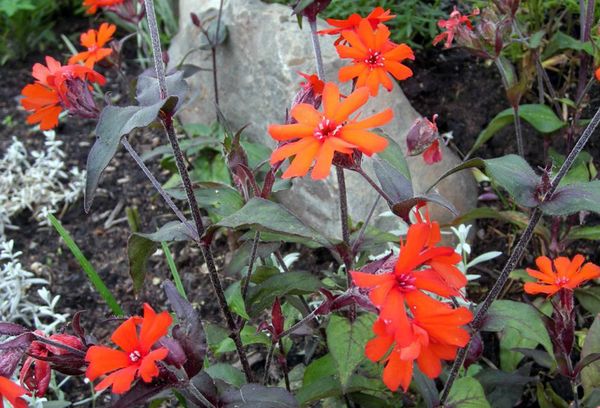
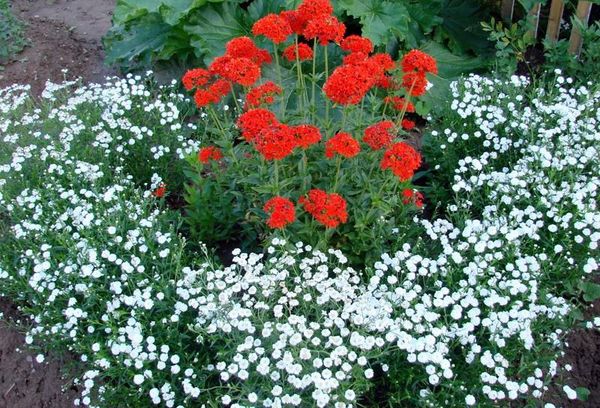
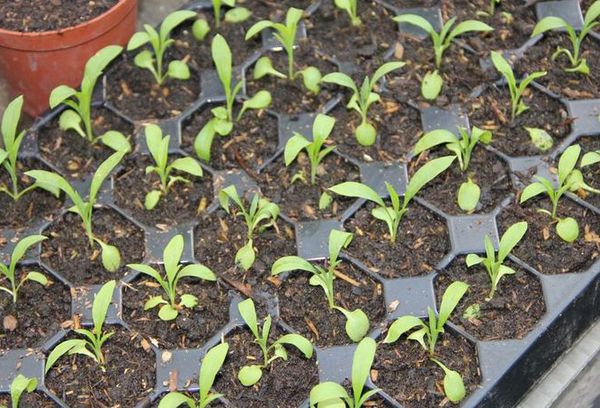
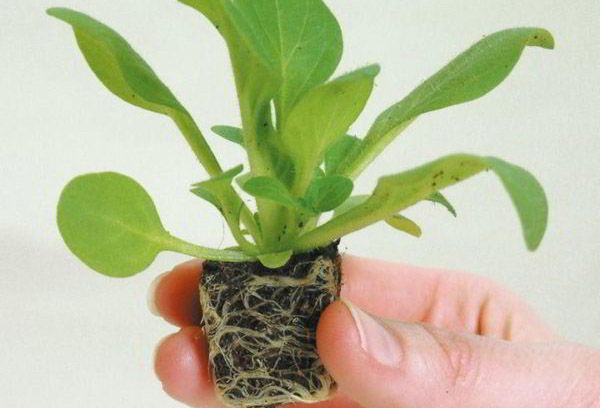


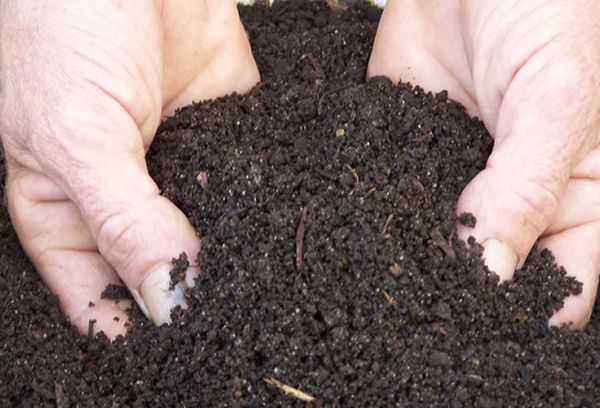
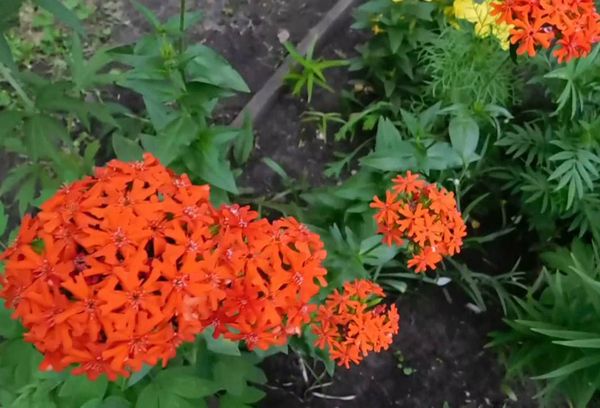
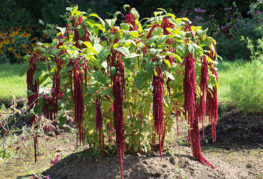
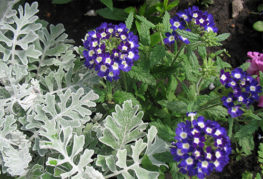
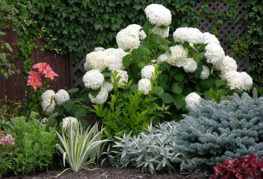
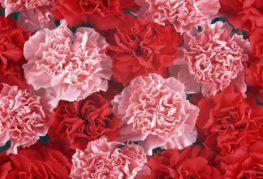

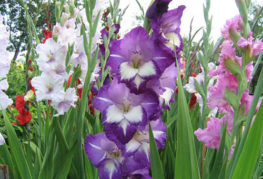
and will be published shortly.